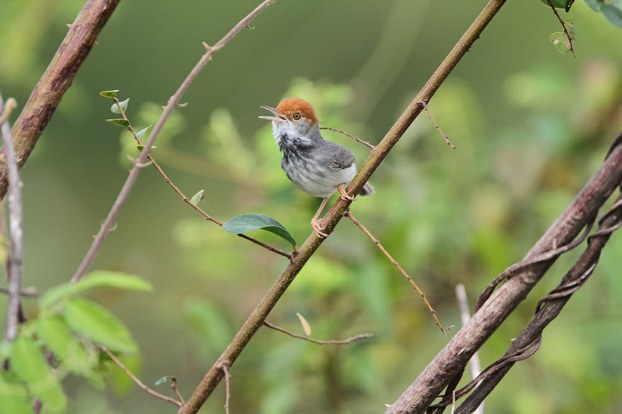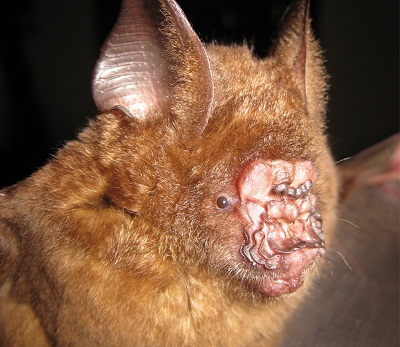




Scientists have discovered more than 360 new species in Southeast Asia’s Greater Mekong region in recent years—including a red-furred flying squirrel, a peculiar-looking bat, and a skydiving gecko—according to a report released Wednesday that highlights an urgent need for environmental conservation in the area.
In 2012 and 2013 scientists identified 367 new plant and animal species in the six-country region along the Mekong River, the World Wide Fund for Nature (WWF) said in a new report marking World Environment Day on Thursday.
The discoveries demonstrate that the biologically diverse region—which spans Cambodia, Laos, Myanmar, Thailand, Vietnam, and southwest China—is on the frontier of scientific exploration, the "Mysterious Mekong" report said.
But the unique species are under pressure from rampant wildlife trade, habitat loss, unsustainable forest use, and climate change, the WWF warned, urging regional countries to foster green economies and to protect the habitats that made the new discoveries possible.
“The species discoveries affirm the Greater Mekong as one of the world’s richest and most biodiverse regions,” Thomas Gray, manager of WWF-Greater Mekong’s species program said in a statement.
“If we’re to prevent these new species disappearing into extinction, and to keep alive the hope of finding other fascinating creatures in years to come, it’s critical that governments invest in conservation and green growth strategies,” he said.
Bizarre birds and beasts
The newly identified species included 290 plants and 77 animals, among them a number of bizarre creatures.
In Cambodia, scientists discovered an iridescent rainbow lizard, and a new warbler was found hiding in plain sight in the capital Phnom Penh.
In Laos, scientists identified a new species of flying squirrel based on a single animal collected from a bush meat market—in what is the first record of the genus from Southeast Asia.
